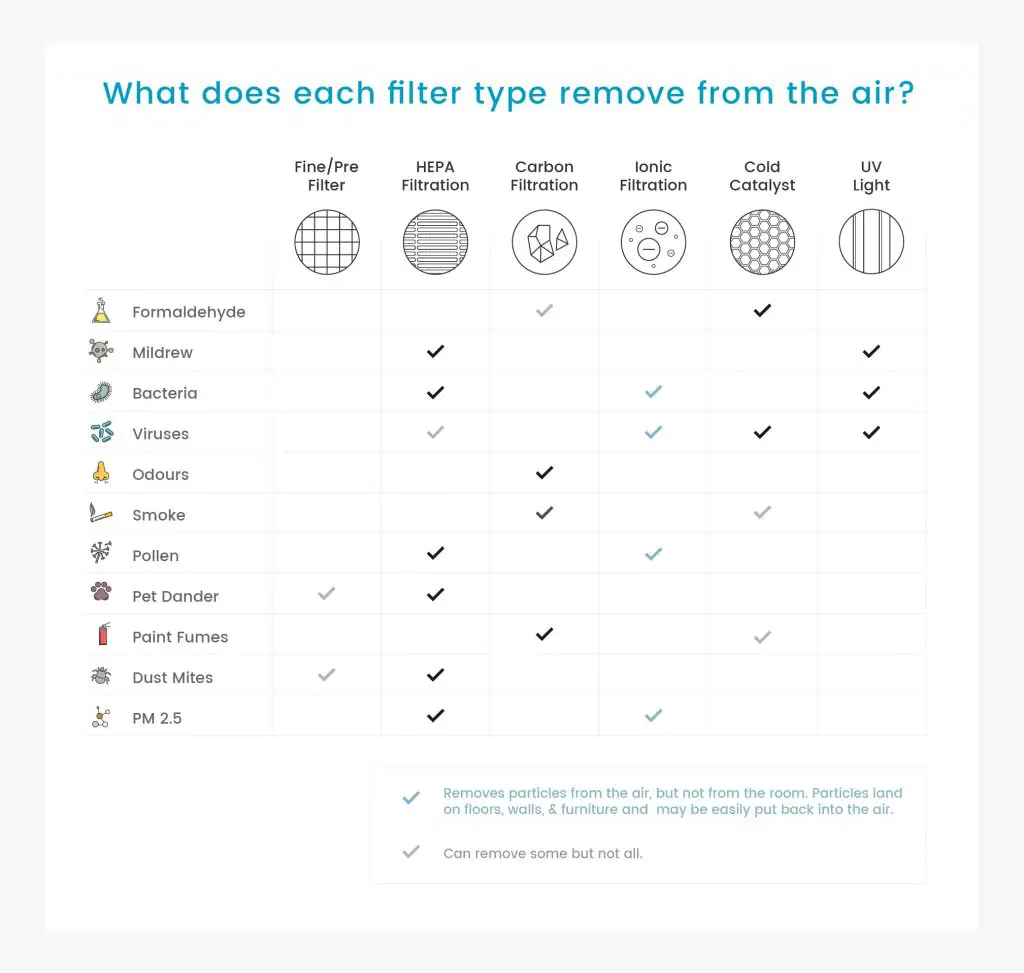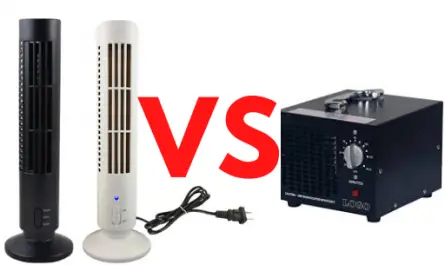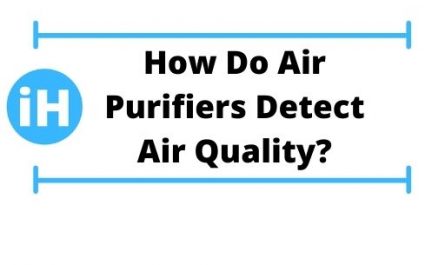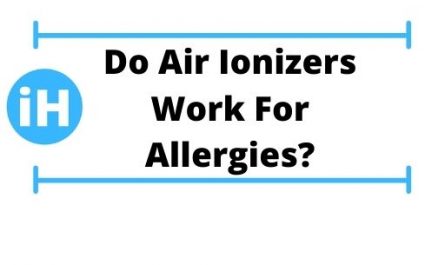Last updated on August 29th, 2021 at 10:30 am
If you are a pet owner then one of your big concerns is most likely the safety of your pet. Whether you are buying new pet food or choosing a toy, you are always making sure that it will be a good fit and not harmful for your (most likely) four-legged friend. So when choosing an ozone generator for your home, one of the first questions that come to mind is if an ozone generator is safe for pets?
Here is the short answer: No, ozone generators are not safe for pets if they are present in the room while the ozone generator is working. This is because of ozone, which has been proven to have harmful effects on all living things, pets included. The severity of these negative effects depends on the concentration of ozone – in small quantities below 0.05 ppm, animals can experience lung irritation, which can progress to respiratory issues and even lead up to death (if ozone concentration is high enough).
You can, of course, still use an ozone generator if you have pets – but you have to follow some rules and make sure that you are using the device appropriately. In the next few sections, I am going to provide you with a more detailed answer to the question of “are ozone generators safe for pets?”.
Harmful effects of ozone on animals
I already mentioned that ozone causes respiratory system issues when it comes into contact with humans, animals, and even plants. To get a better understanding of these damaging effects, I have prepared a short list of harmful effects ozone has on animals:
- Irritation of the respiratory system. This can trigger soreness, coughing, or pain while breathing.
- Increases susceptibility to infections.
- Damages lungs.
- Reduced lung function. Inability to breathe deeply without the feeling of pain or discomfort. Leads to shallow breathing
- Worsens other respiratory issues. Our pets can also suffer from diseases that are very similar to asthma and allergies in humans. Ozone aggravates these issues, causing airway inflammation and increased frequency of asthma-like attacks.
- Permanent lung damage. if the exposure to ozone is long, frequent, or intense enough, then animals can easily develop permanently reduced lung function (which otherwise normally comes with old age).
- Other issues such as vision damage, structural changes of the heart tissue, reduced fertility.
Which of these harmful effects pets (and animals in general) can experience depends on three factors:
- Duration of ozone exposure – how long has the animal been exposed to a harmful concentration of zone
- Frequency of ozone exposure – was the pet exposed to ozone from an ozone generator only once, or many times?
- Concentrations of ozone – what was the concentration of ozone (measured in ppm) in the room?
From here on, we can just apply common logic. Longer and more frequent exposure to ozone equals more harmful effects on our pets. The same goes for the concentration of ozone – large concentrations can really speed up the whole damaging process and cause permanent damage very fast.
Here are some numbers for you to get a better idea of how an ozone generator affects pets. Even at low concentrations of ozone (0.05 – 0.02 ppm), animals will start experiencing first signs of damage, such as vision damage, certain cell structural changes, and some of the lesser respiratory issues. Higher exposure of 0.06-0.08 ppm for about 2 hours will lead to many of the respiratory issues that I mentioned above, plus severe fatigue. Anything above 1 ppm and animals can pretty much expect permanent lung damage in a matter of hours – keep that up long enough and the pet can even die!
How to safely use an ozone generator
After reading about the dangers of ozone and ozone generators, why would you even want to consider using one? Well, they are actually pretty great when it comes to removing odors and smells of any kind. Many people also choose to use it for combating mold, after other methods of removal fail.
Everything being said, can you still use an ozone generator even if you have a pet? The short answer is yes, you can safely use an ozone generator even if you have pets.
The main thing that you have to make sure is that your pet is not in the same room while the ozone generator is turned on and producing ozone. As a matter of fact, even humans should not be present in the room during that time – we experience similar respiratory issues when inhaling even small amounts of ozone.
When the ozone generator (sometimes also called ozonator) finishes cleaning the room, there is a thing called “cooldown period”. What this simply means is after the ozone generator finishes producing ozone and gets turned off, you still have to wait a while for all the ozone to completely degrade in the air, reverting back to oxygen. How long this cooldown period lasts depends from model to model but in general, you should expect between 30 minutes to 4 hours of cooldown time. This is very important information because many people skip this step. Even if the ozone generator finishes cleaning the room, it is not immediately safe to enter (the same goes for your pets). If you do enter the room prematurely, you will experience harmful ozone effects because ozone will still be floating in the air.
Another important step is the ozone generator location. I personally believe it is best to use ozone in basements or rooms that are not often occupied. This is because an ozone generator generally needs at least between 4-10 hours of continuous operation to give decent results. Pair this up together with the cooldown period and you are looking at around half a day of being unable to enter a room.
Also, avoid putting an ozone generator in a room with many plants. Just as all living things, plants will get affected by ozone and experience heavy damage if exposed for extended periods of time.
Safer alternatives to ozone generators
Even though ozone generators are not safe for pets, you can find alternative solutions to your air pollution problems, which will not be harmful to you and your pets in any way. Ozone generators are just one type of air cleaners. Depending on your cleaning needs, you can find air cleaning alternatives that are just as effective, if not more. This depends on what kind of air pollutants you want to remove. In the table below, you can find the most common air pollutants and which air purifier is suitable to remove them.

I already mentioned that the two primary reasons people use an ozone generator is to remove smell/odors and mold. A safer, pet-friendly method of removing these same pollutants would be a combination HEPA filter + carbon activated filter. Carbon activated filters are designed specifically for odors and smells, while HEPA can remove mold spores.
UV light (for mold) and negative ion generators (for mold and odors) are very effective air cleaners, but they produce ozone. This makes them unsafe to use if you have pets, for the same reasons. Both of these devices mostly produce less than 0.05 ppm of ozone. While 0.05 ozone ppm is the maximum allowed “acceptable” amount, you will still experience some of the harmful effects. For this reason, I would stay away from UV-C light air purifiers and negative ion generators altogether, if you have pets.
Is An Ozone Generator Safe For Pets? Conclusion
Let us recap everything we have learned in this post.
Ozone generators are not safe for pets. They are also not safe for humans, and even plants. This is because of the way ozone interacts with living cells – in a harmful way.
Despite that, you can still use an ozone generator safely, without compromising your health, or the health of your pet. The three top tips for safely using an ozone generator are:
- Do not occupy the room while an ozone generator is running and between 30 mins – 4 hours after it has stopped running. You should also make sure your pets do not enter that room too!
- If possible, use ozone generators in rooms that are not often occupied. Consider using ozone as an air cleaning method mostly in basements, warehouses, storage areas etc.
- Open all windows before turning on the ozone generator. This will make sure that the air circulates faster after the cleaning is complete, making the cooldown period shorter.
If you do not have serious mold or odor issues, I would probably try using other types of air purifiers first. The safest alternative here is a HEPA filter + carbon activated filter. These often do the job equally as good, while not being harmful to your or your pets. I would recommend this option for rooms that are usually very occupied, such as a bedroom, kitchen, and living room. In case you are new to the air purifying world, I did make a list of the 5 best air purifiers under $50 which are very budget-friendly, yet very effective. So if you are looking for a safer alternative to ozone generators, feel free to take a look!
All in all, an ozone generator can be a great air cleaning device but needs to be carefully operated in order to avoid harmful effects on your health and the health of your pet.



